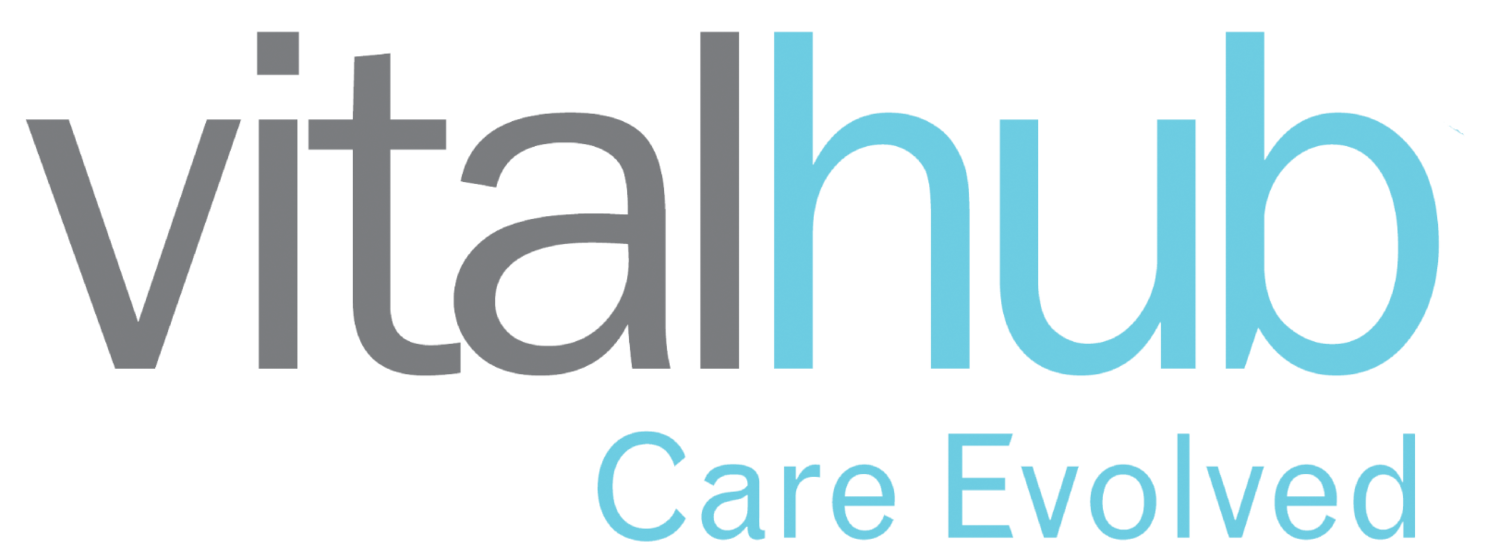
WellLinc
WellLinc is a proprietary Electronic Health Record built on the Hyperledger Fabric, a blockchain framework hosted by the Linux foundation.
The Challenge
Clients receive care from multiple providers
Client’s story is being repeated multiple times
Valuable client information is not connected
Agencies are replicating work of one another
Agencies have limited ability to coordinate care
What is WellLinc?
WellLinc leverages blockchain technology to address multiple challenges associated with the exchange of health information across the continuum of care. A major problem exists wherein segregated records, lack of interoperability, and various security constraints prevent care providers from accessing critical information required to ensure informed and appropriate delivery of care.
Why was WellLinc Developed?
WellLinc has been developed to support the mental health sector following the identification of serious gaps in care delivery that results from inadequate information about a client being made available to care providers across the continuum.
The WellLinc solution is vendor and system agnostic and capable of supporting access to a variety of assessment instruments, including interRAI, across the chain of trusted care providers.
The Solution
WellLinc is a Blockchain as a Service solution (BaaS) that securely allows independent organizations that are members of a trusted inpatient, outpatient and community healthcare provider network to access and share client records.
Unlike typical application technology architecture that relies on a centrally managed database, the Blockchain is a peer-to-peer decentralized database management system that allows each node (organization) to run independently while following standard protocols, making it ideally suited to supporting interoperability and allowing provider stakeholders to share information without having to cede control to a central management intermediary.
Connectivity Results in Efficiency
There are significant costs associated with the lack of interoperability, for both the system and the recipient of care. From a system perspective the inability to access patient information residing with a different care provider results in many significant inefficiencies; emergency department overcrowding, inpatient admissions, decreased quality of care and increased costs of providing care. From a client perspective the costs are more acute and risks more significant and include; delays receiving appropriate care, reductions in the quality of care received and impaired outcomes.
Interoperability
Interoperability remains the key to optimal care that establishes connectivity and transparency between agencies, reducing the need to duplicate efforts and optimize existing client information. The healthcare system today is a patchwork quilt of different systems and databases, many of which do not talk to one another. The data stored in these systems is siloed and limits the sharing of information across providers.
Data Security
Blockchain applications allow every digital record that is entered into the system to be traceable and permit only the owner of the record to make a change. The transparency of the records that are stored on a blockchain therefore provide a reliable shared source of truth, that's accessible to the different agencies on the blockchain. Blockchain uses powerful cryptographic algorithms to safeguard the client record and access to records.
Project Outcomes
When patient information is securely stored with WellLinc, interoperability exists between care providers, enabling improved patient outcomes. Clients and agencies have greater confidence with safe and secure access to patient information allowing them to understand their clients at a glance.








